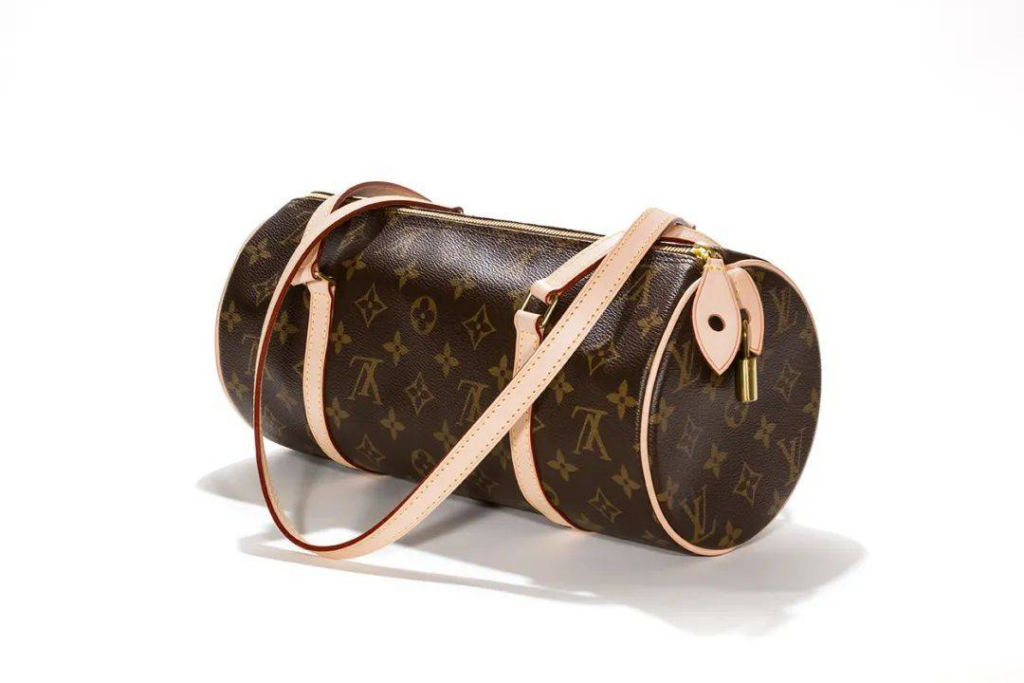Why are second-hand bags in Japan so cheap?

There are several key reasons why second-hand bags in Japan tend to be relatively inexpensive:
- Brand culture and consumption habits: Japanese consumers place great importance on brand and quality. Many people frequently update their luxury bags, leading to a large supply in the second-hand market, which drives prices down.
- Strong sense of care: Japanese consumers are known for their excellent maintenance of items. Even if a bag has been used, it’s often kept in near-new condition. However, since it is second-hand, the price is lower.
- Large second-hand market: Japan has many well-established second-hand platforms like Mercari and Yahoo Auctions. The competition on these platforms is fierce, and sellers often set lower prices to attract buyers, further reducing the cost of second-hand bags.
- Strict market regulation: The second-hand market in Japan is tightly regulated, ensuring the authenticity and quality of products. This gives consumers peace of mind when purchasing, allowing for more active circulation of second-hand goods.
These factors combine to make second-hand bags in Japan relatively affordable, with guaranteed quality.
Why are Japanese second-hand bags so popular?

- High cost-performance ratio: The price of second-hand bags is much lower than that of new ones, but the quality remains excellent. Consumers can buy high-end brand bags at a much lower price, making second-hand bags extremely cost-effective.
- Wide range of brand options: Japan’s second-hand market covers almost all well-known brands, from luxury names like Louis Vuitton and Chanel to mid-range brands like Coach and Michael Kors. Consumers can choose from various styles and brands to meet different needs.
- Well-maintained condition: Japanese people have a strong sense of item care, so even second-hand bags are often kept in near-new condition. Buyers can thus get products that are in excellent condition.
- Eco-friendly and sustainable consumption: With more people paying attention to environmental protection and sustainable consumption, buying second-hand bags not only extends the product’s life but also reduces resource waste. This is one of the reasons for the growing popularity of second-hand bags.
- Cultural trend: In Japan, second-hand culture has become a fashion trend, especially among young people. Buying and collecting second-hand luxury goods is not only a way to save money but also a means of expressing personal style.
These factors make Japanese second-hand bags highly popular. They are not only affordable but also of high quality, catering to consumers at different levels.
What should you consider when buying second-hand bags from Japan?

- Overall condition of the bag:
Pay attention to the wear and tear of the bag, including the state of the leather, any damage or oxidation of hardware, and the condition of the stitching. Carefully inspect the photos or videos provided by the seller to ensure the bag meets your expected condition. - Price and value:
Compare the price of the same brand and model between new and second-hand bags to ensure a fair price. The pricing of second-hand bags typically depends on the brand, style, rarity, and wear. - Finally, determine the purpose of the bag:
For example, if you’re looking for a bag that you can pair with everyday outfits, it’s recommended to look for a style different from travel bags. Consider choosing handbags or bucket bags that suit a variety of occasions and outfits.
By considering these factors, you can make better purchasing decisions, enjoy the affordability of the Japanese second-hand bag market, and ensure the quality and overall shopping experience.
How to Identify the Authenticity of a Handbag

If you want to ensure that you’re buying an authentic second-hand handbag from Japan, here are some tips that might help you:
First, be cautious of sellers who claim to sell authentic items but do not provide any evidence. Check if the seller has provided actual photos of the product or an authenticity certificate, as well as their reputation ratings. If they haven’t, it might be wiser to look at other sellers.
Paying attention to product details is also important. For instance, look for subtle watermarks or any other types of stains on the bag. While it might be difficult for someone who doesn’t frequently buy second-hand bags to identify these, being diligent in your examination can significantly help you avoid these issues.

In addition to confirming whether the handbag is authentic, you can also gain some assurance from the following legal protections: Japan has strict copyright and anti-counterfeiting laws, making its second-hand market more regulated and reducing the likelihood of encountering counterfeit goods compared to other parts of the world.
In a country with such strict laws, the chances of being scammed or encountering counterfeit products are significantly lower. In other words, if you like what you see and pay attention to authentication, the products you ultimately purchase should be genuine.
Tips for Finding Low Prices
If you want to buy second-hand bags from Japan at a discounted price, keep the following tips in mind:
Since most stores now operate online, prices can vary significantly across different websites. It’s essential to compare prices on various sites to find the best deal. OneMall offers a service to compare prices from different websites, providing not only price comparisons but also seller ratings, warning you about sellers with low trust levels to ensure your transaction is safe.

With OneMall, you’ll open the door to online purchasing of second-hand bags. If you’re lucky, you might find a second-hand bag in good condition for half the price of a new one; even luckier, you might come across a unique vintage piece that you can’t find anywhere else in the world.

#OneMallJapan#OneMall#JapaneseCollectibles #BuyFromJapan #JapanShopping #Japaneseproducts #ShopJapanese #Japanesefashion#second-hand bag